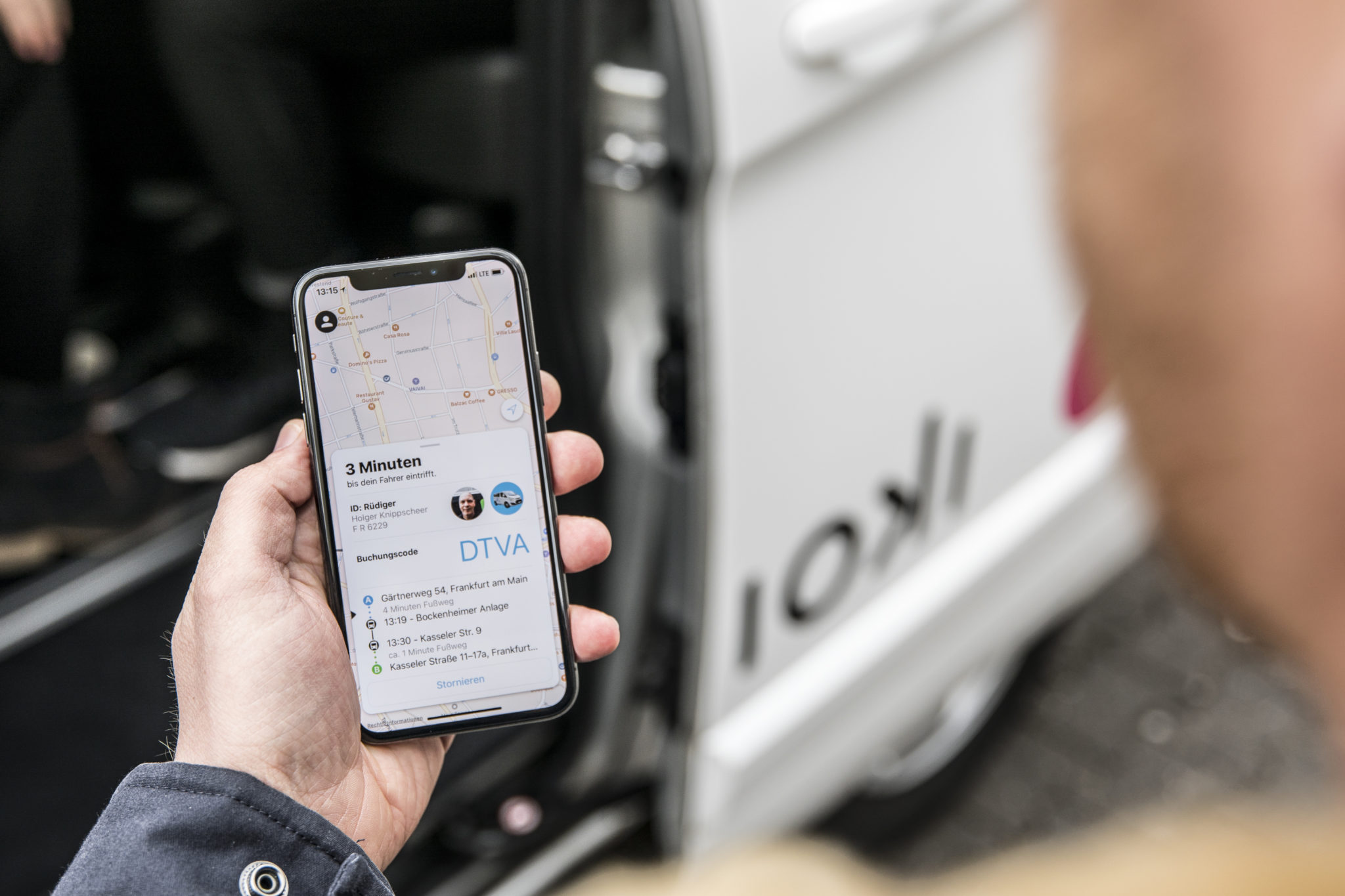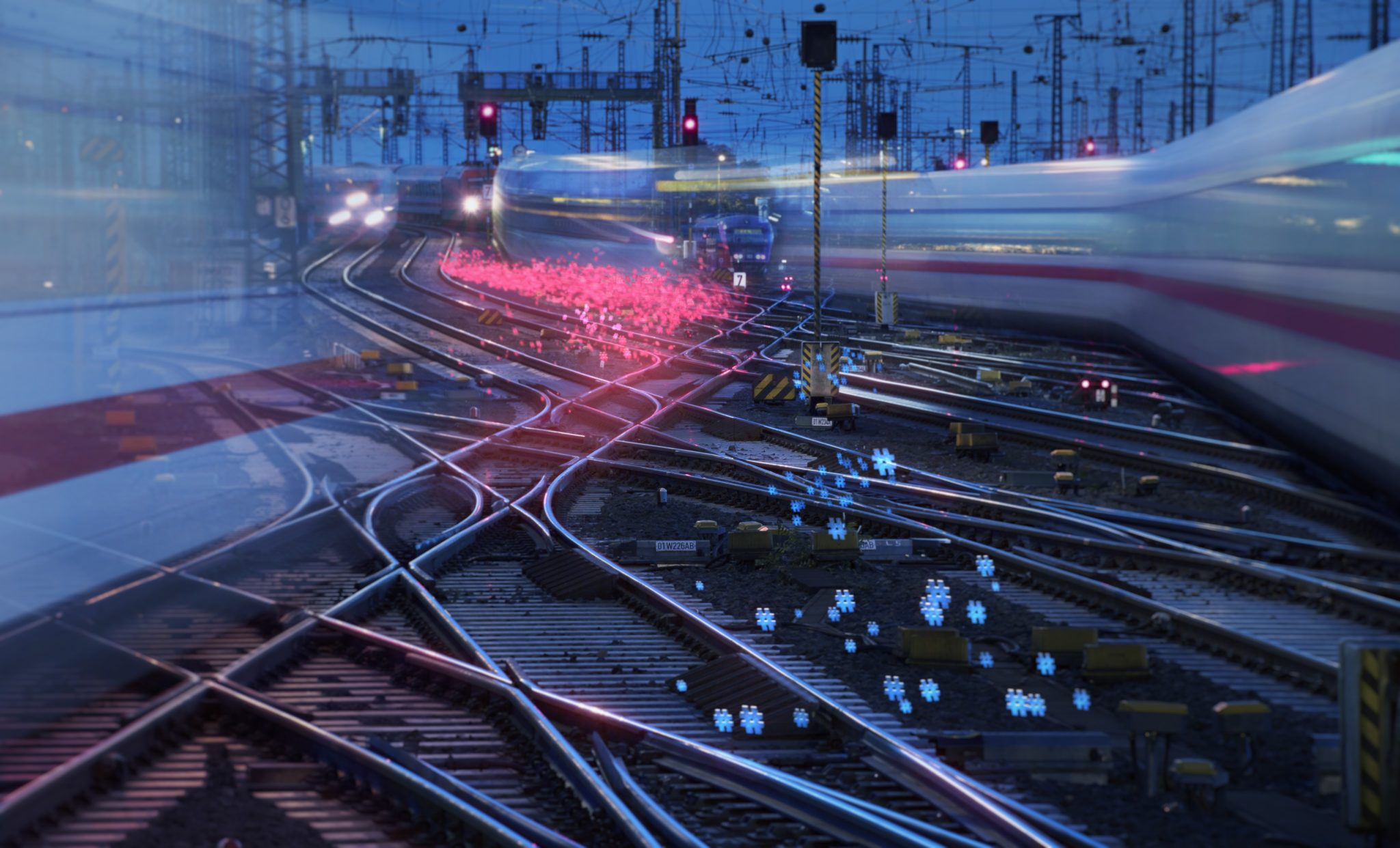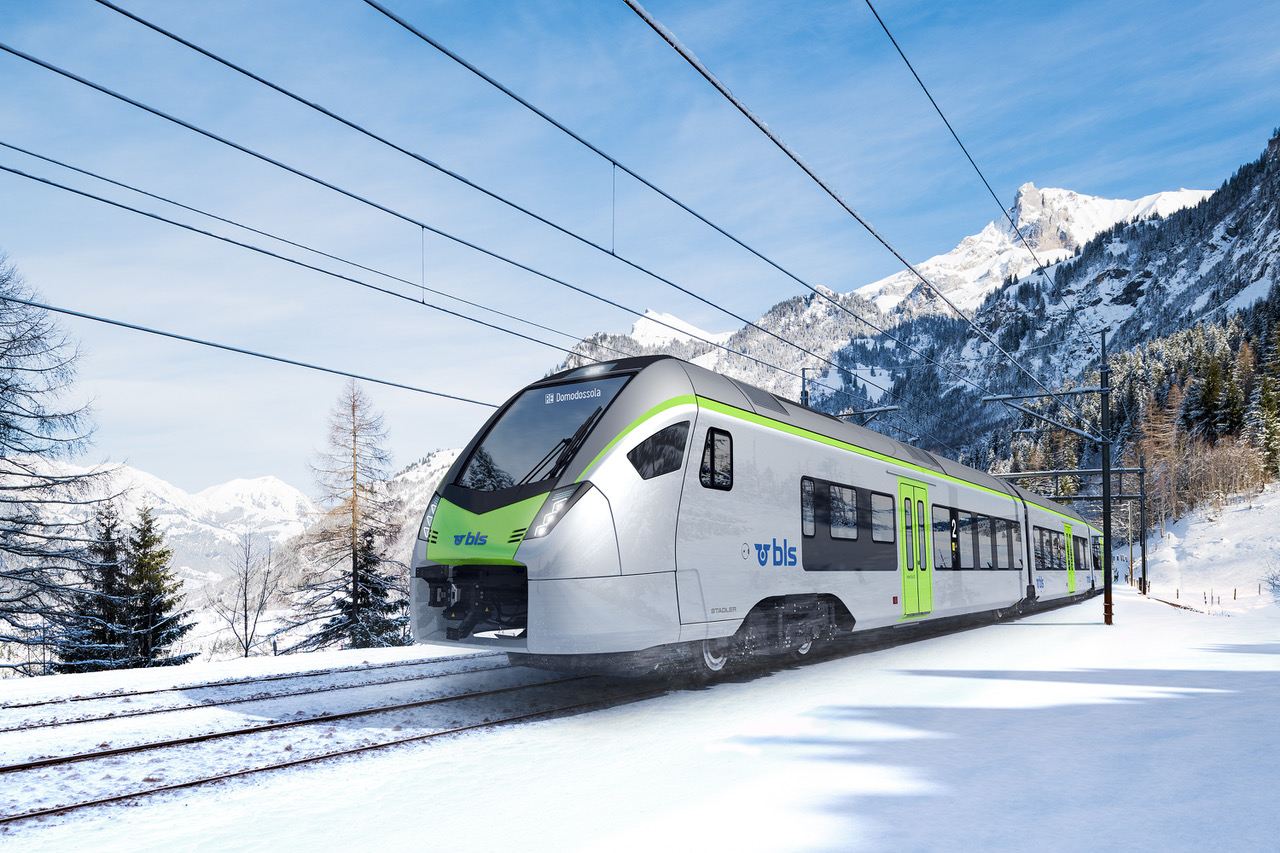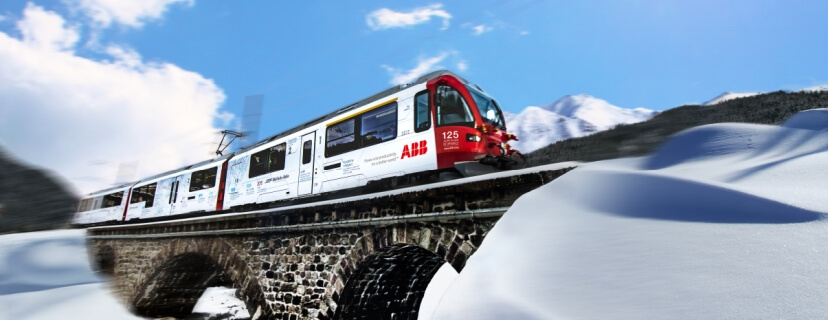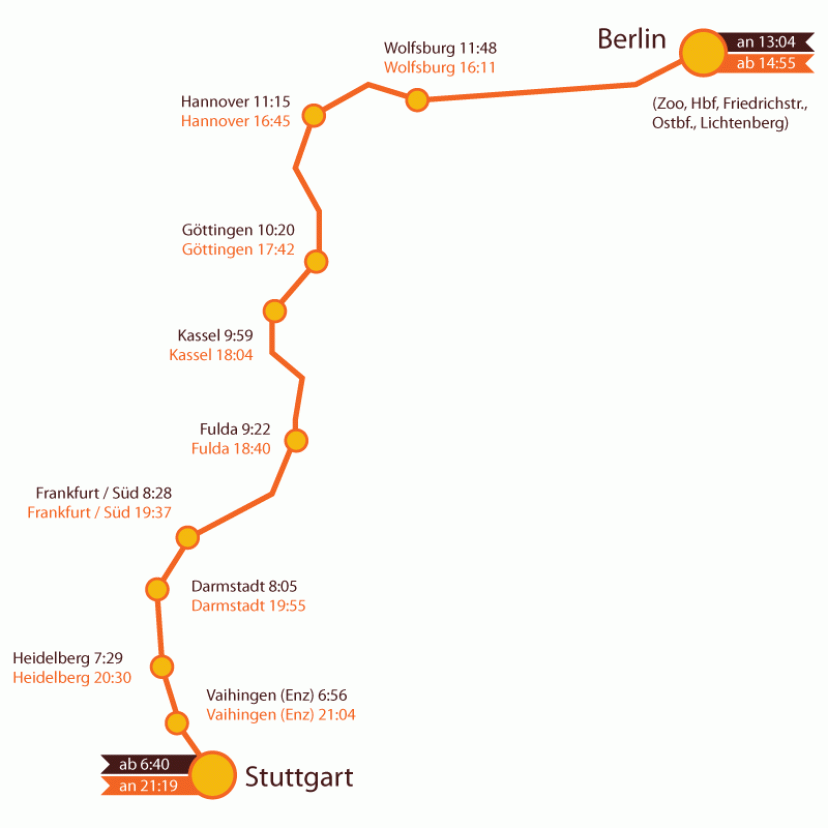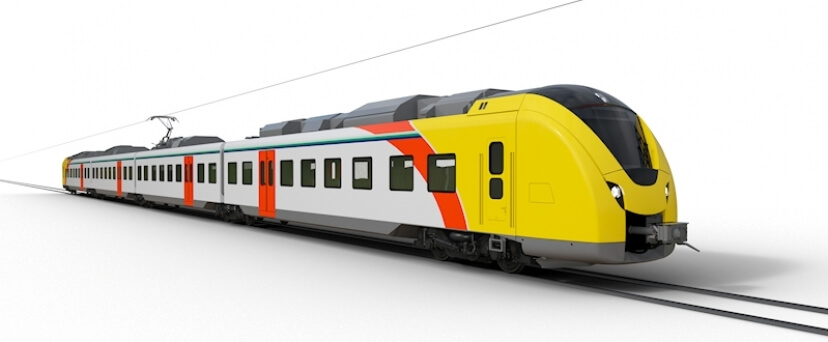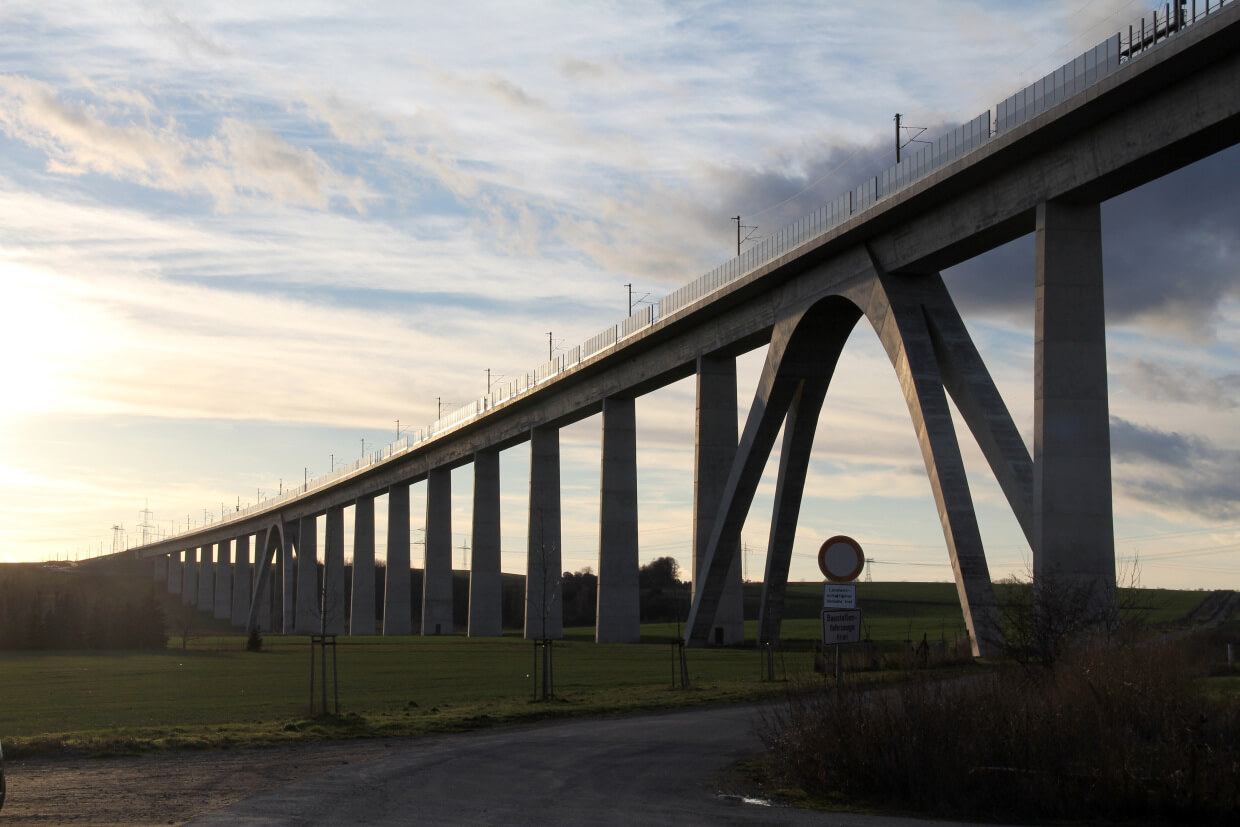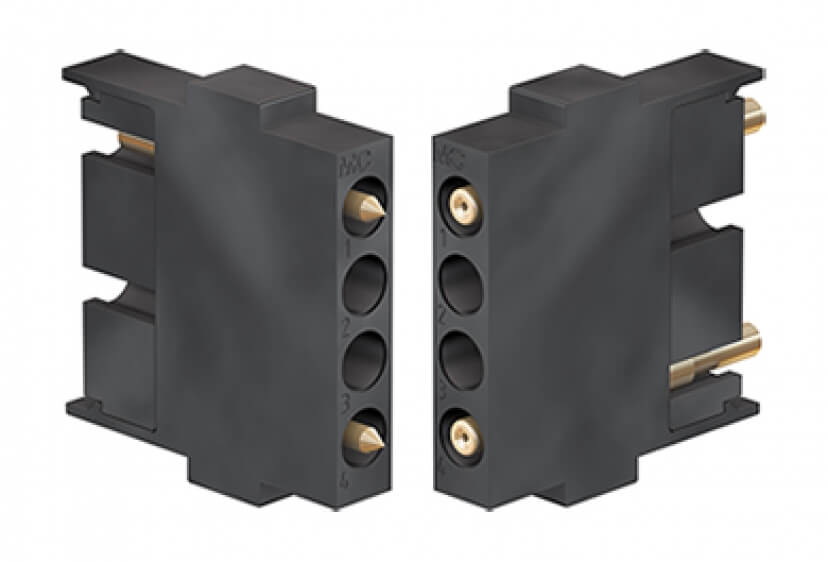
Head-On Collision Kills 10, Seriously Injures 18
The investigations have begun into head-on collision between two trains on a regional service in Bavaria which left at least ten people dead and 18 seriously injured. The accident, which occurred at 6.48 local time near Bad Aibling, a town 60km south-east of Munich, led to the partial derailment of both trains from the single track line.
Both Bayerische Oberlandbahn (BOB) owned and operated trains were Stadler Flirts, both travelling at around 100km/h. The westbound train was an ET 355, with 158 seats, and the eastbound an ET 325 with 355 seats. At the time of the accident, the capacity of both trains was approximately 150.
They should have passed each other at Kolbermoor Station further down the line, but instead met on a portion of single track. Of the 33,200km of track in Germany, nearly half of it is single track – not only on branch lines but also main and high-speed lines. It appears that the eastbound train broke its schedule as it was running four minutes late. The Bavarian Interior Minister Joachim Herrmann said that the deviation from schedule would have to be investigated.
Two of the three black boxes onboard have been recovered and will be analysed to discover how the crash happened, though it is thought that a contributory factor was that, because the section of the track was on a bend, the drivers could not see each other until it was two late for manual braking to take any effect.
PZB Signalling System
The signalling system in operation was a Punktförmige Zugbeeinflussung (PZB), which is used on lines on which trains run at up to 160km/h. The system operates by magnets in the track, which are connected to an initial signal and then a main signal 1km further up. If the main signal is green, the train may proceed unhindered. If it is red, the initial signal will say red also. If the driver does not acknowledge this red signal by pushing a button, the system triggers braking. It is also triggered if drivers don’t reduce their speeds at appropriate points, for example, on bends or on the approach to a station.
The PZB was checked only one week prior to the accident. Deutsche Bahn representative Klaus-Dieter Josel said that no problems had been found by the tests. The line is constantly monitored and all data recorded, which means that the cause of the crash should be quickly ascertained. There are unconfirmed rumours that the driver was distracted by acquaintances of his who were in the cab with him at the time of the collision.
As it was a school holiday there were no children onboard. Both drivers of the trains and two train guards are among those killed. Emergency services were flown in by helicopter to assist with the rescue efforts because of the inaccessibility of the wreckage. All survivors were from the wreckage within three hours. Member of the public queued for hours to donate blood.
Bavaria’s Minister-President Horst Seehofer said:
“My thoughts are with the victims of this terrible disaster and with their relatives, for whom I express my deepest sympathy. This is a tragedy for our state that fills us with grief and horror.”
German Chancellor Angela Merkel cancelled Ash Wednesday carnival events she was due to attend, as have members of the Green Party, the SDP and others.
Philippa Oldham, Head of Transport at the Institution of Mechanical Engineers, said:
“It is still too early to say with any certainty exactly what happened to cause today’s tragic rail crash in Bavaria, but accident investigators will be looking at a number of factors.
“Signaling systems should normally prevent two trains on the same track travelling in different directions, and as of yet, it is not known why it didn’t.
“Accident investigators will be examining whether there were any other technical or component causes like rail breakages, train defects or damage caused by vandalism that could have contributed to the accident.
“It is crucial for us to learn from these terrible accidents as much as explain them. As the key must be to reduce the risk of similar failures leading to disasters like this in the future.
“Rail travel is still one of the safest forms of transport. Our sympathies are with the victims and hard-working emergency services.”

















